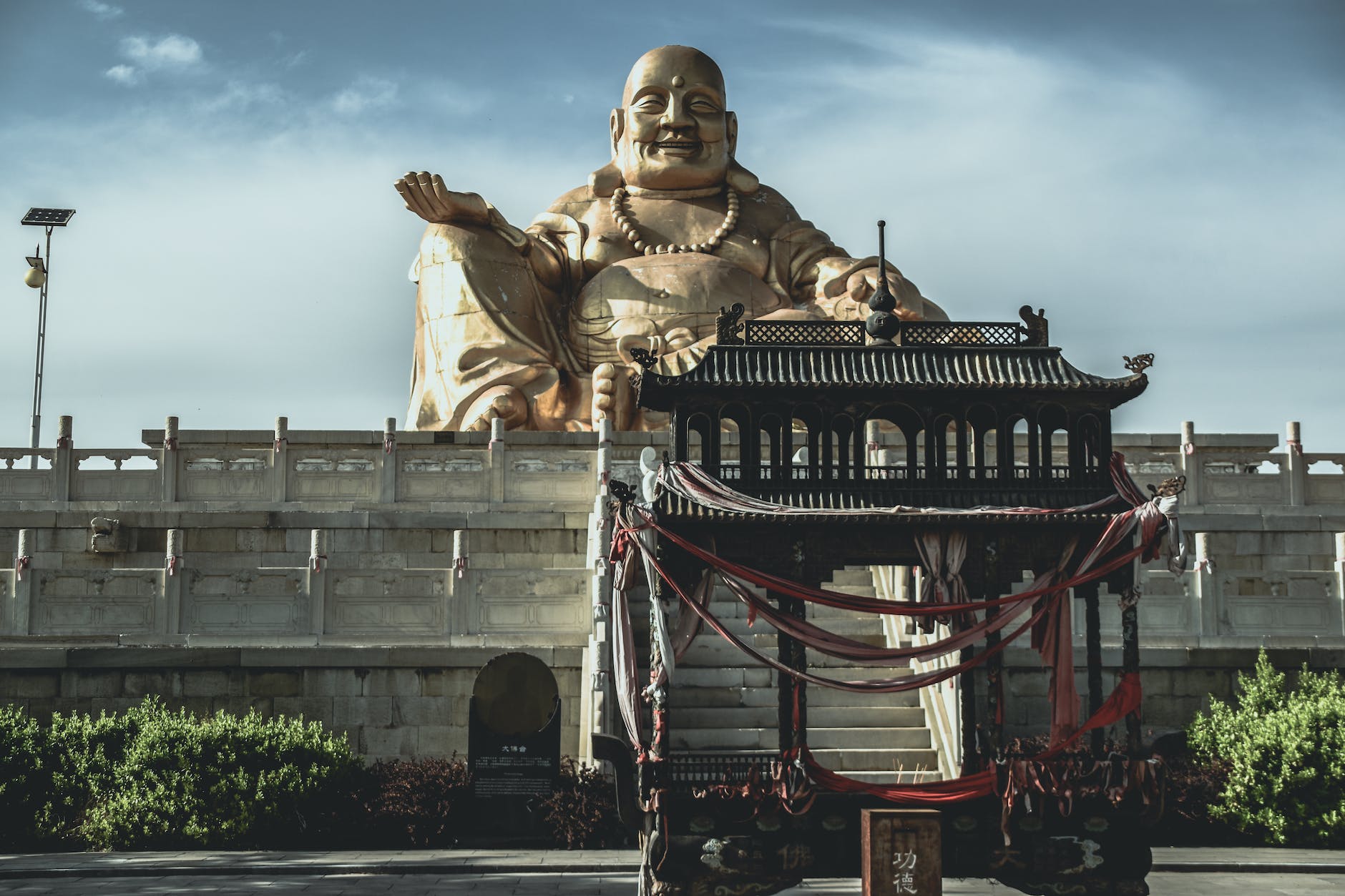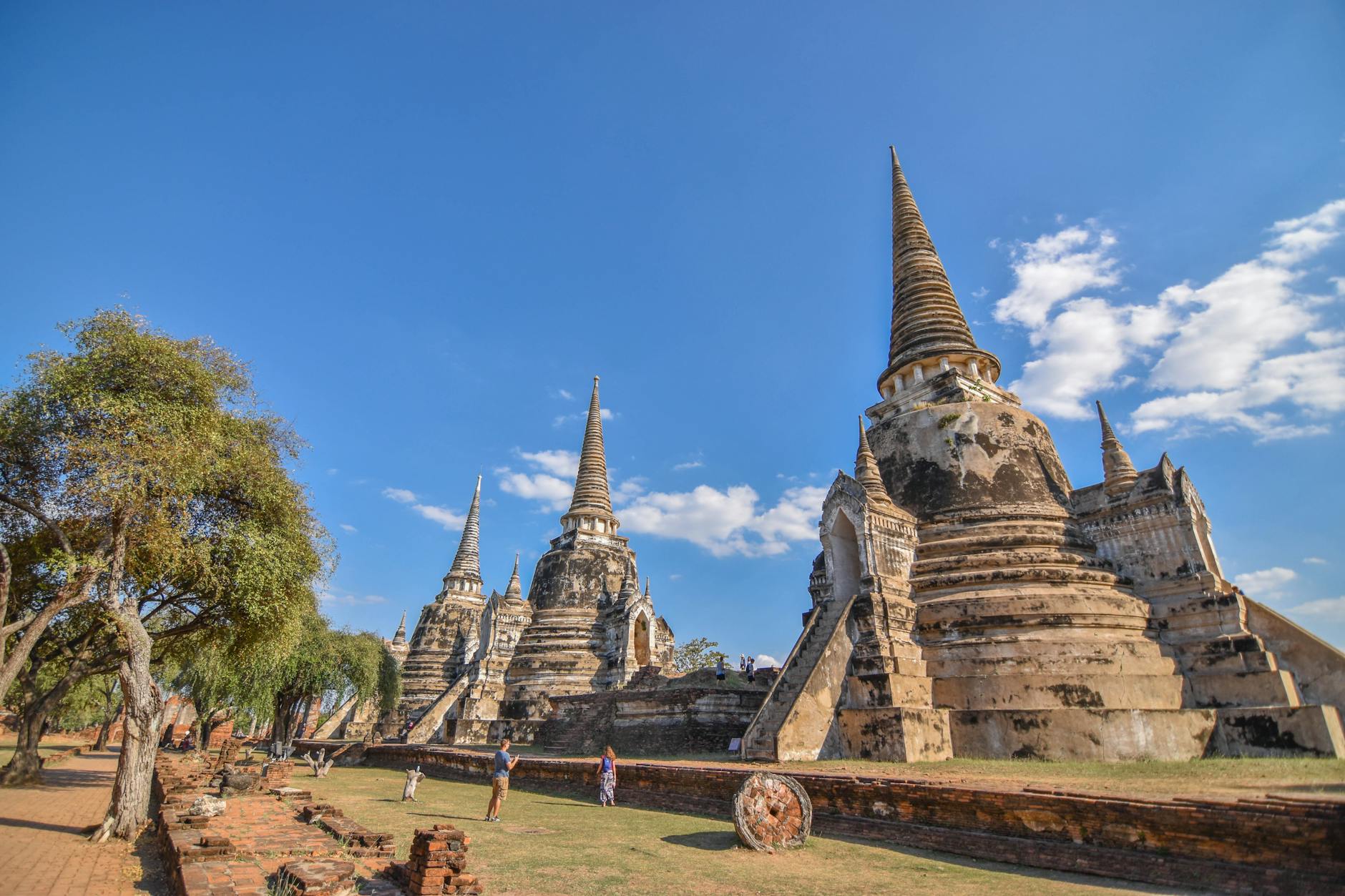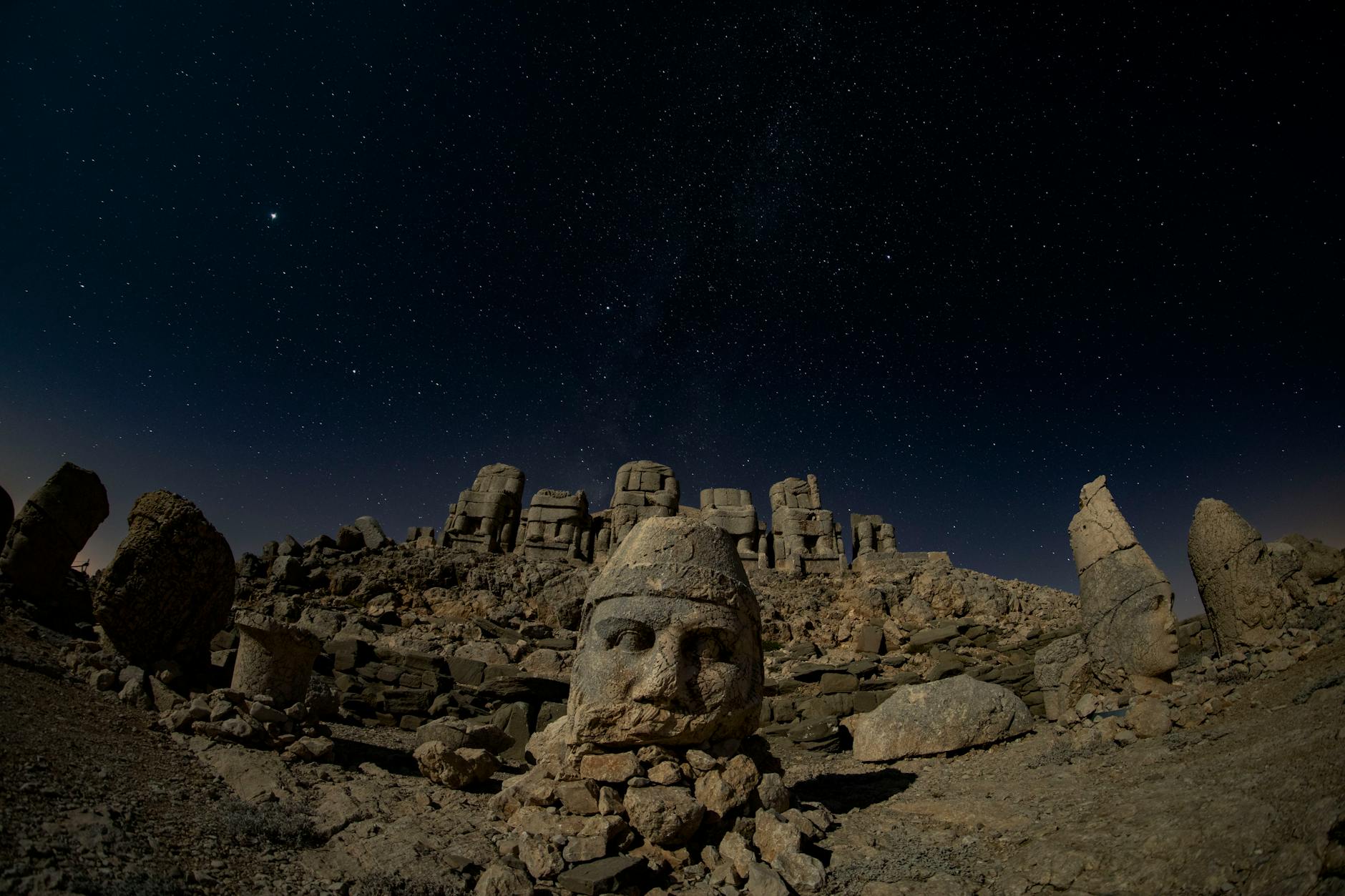For thousands of years, indigenous communities around the world have held a deep understanding of the intrinsic relationship between humans and nature. Central to this ancestral knowledge has been the use of certain sacred plants and psychedelic substances, referred to as entheogens, in their spiritual practices. Embedded in the cultural traditions of these communities, these substances serve not only as a way of healing but also as a tool for personal transformation and achieving spiritual transcendence.
In indigenous societies, the use of these substances stems from a deep-seated tradition of shamanism, a system of beliefs that underscores the symbiotic relationship between people, the natural world, and the spiritual realm. Shamanism often involves rituals wherein a shaman enters various altered states of consciousness, facilitated by the ingestion of entheogens, to interact with the spirit world and channel these transcendental energies for healing or divination.
In the Amazon Rainforest, for example, the ritualistic use of Ayahuasca, a powerful concoction made from two particular plants, has been a part of the spiritual practices of various indigenous tribes since time immemorial. This plant medicine is consumed in a ceremonial setting, lead by an Ayahuascero, a shaman adept in the use of Ayahuasca. The communities believe that the plant connects them to the spiritual world and bring deep insights and healing.
Peoples in the North American plains, such as the Oglala Lakota and other tribes of the Sioux nation, held the Peyote ceremony as sacred. Here, the ingestion of the Peyote cactus, known for its psychoactive properties, is central. Among these tribes, the ceremony provides communal emotional healing, promotes unity and reinforces cultural traditions. Though often demonized in Western societies, the substantial ancestral knowledge underpinning these practices is increasingly recognized and respected.
Africa, too, has a rich history of using psychedelics. The Bwiti spiritual tradition of the Gabon and Cameroon uses a potent psychedelic root bark known as Iboga in their initiatory ceremonies. This substance is believed to evoke profound psycho-spiritual experiences, facilitating personal insight, spiritual growth, and healing.
In every case, the use of psychedelics has been consistently framed within the context of sacred rituals, always accompanied by specific rites, prayers, musical elements and frequently taking place in group settings. The substances are deeply respected, and the knowledge of their use has been passed down through generations by oral traditions.
The inclusion of psychedelics within these cultures underscores an important fact – that these substances are not seen as recreational drugs but as essential tools for spiritual and communal well-being. They are an integral component of the cultural traditions and spiritual practices within these communities, used judiciously and respectfully.
In recent years, modern societies have witnessed a burgeoning interest in the traditional uses of psychedelics. Growing scientific interest and research into these substances have begun to shed light on their therapeutic potential, supporting the ancestral knowledge of indigenous communities.
However, as global interest in these substances grows, it is important to honor and respect the cultures which have maintained these practices for millennia. It is their wisdom and understanding that continue to offer vital insights into the beneficial use of these plants, a testament to the enduring power of indigenous knowledge and tradition.
In conclusion, psychedelics, when used within the traditional framework of indigenous rituals and practices, have sparked profound spiritual, cultural, and personal transformations for countless generations. As we navigate the realms of consciousness and explore plant medicine, let us remember the roots of these practices in the wisdom of ancestral knowledge, maintaining respect for their sacred nature and origin.
Sources:
Britannica
National Geographic
PBS








